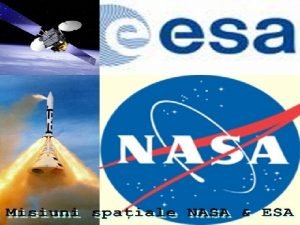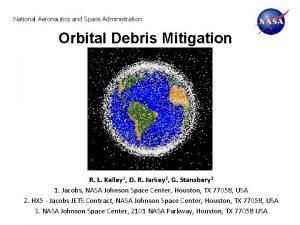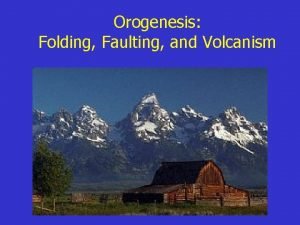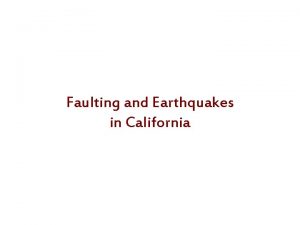Faulting in 2019 Ridgecrest Earthquakes National Aeronautics and


- Slides: 2

Faulting in 2019 Ridgecrest Earthquakes National Aeronautics and Space Administration Jet Propulsion Laboratory California Institute of Technology Eric Fielding Science Question: Seismic hazard estimates depend on models of faults that could rupture in future earthquakes. What faults ruptured during the 2019 M 6. 4 and M 7. 1 earthquakes near Ridgecrest, California? Data & Results: We measured surface displacements with satellite SAR interferometry and GPS. Surface fault ruptures from In. SAR match aftershocks at depth, showing complex system of faults ruptured. Faults intersect at orthogonal angles and were not previously mapped. Ridgecrest earthquakes ruptured interlocking orthogonal faults from In. SAR Ross, Z. E. , Idini, B. , Jia, Z. , Stephenson, O. L. , Zhong, M. , Wang, X. , Zhan, Z. , Simons, M. , Fielding, E. J. , Yun, S. -H. , Hauksson, E. , Moore, A. W. , Liu, Z. , and Jung, J. , (2019, in press) Hierarchical interlocked orthogonal faulting in the 2019 Ridgecrest earthquake sequence, Science, doi: 10. 1126/science. aaz 0109 Part of this work was supported by awards to E. J. F. and Z. L. under NASA ROSES 2015 ESI and NISAR SDT (Ben Phillips and Gerald Bawden). Significance: Complex system of faults rupturing in 2019 earthquake sequence means that modelers of seismic hazard have to consider more faults. Orthogonal faults may rupture in sequence of large earthquakes.

National Aeronautics and Space Administration Jet Propulsion Laboratory California Institute of Technology Contact: Your Full Name, Mail Stop, Jet Propulsion Laboratory, Pasadena, CA 91109 youremail@jpl. nasa. gov Citation: (full citation with DOI. This lets you use an abridged version in the main slide) Data Sources: Which instruments, satellites, and where the data can be found (e. g, which NASA DAAC, or ftp site, etc) Technical Description of Figure: An expanded figure caption. Again, point out what the viewer should notice in the figure. Scientific significance, societal relevance, and relationships to future missions: .



